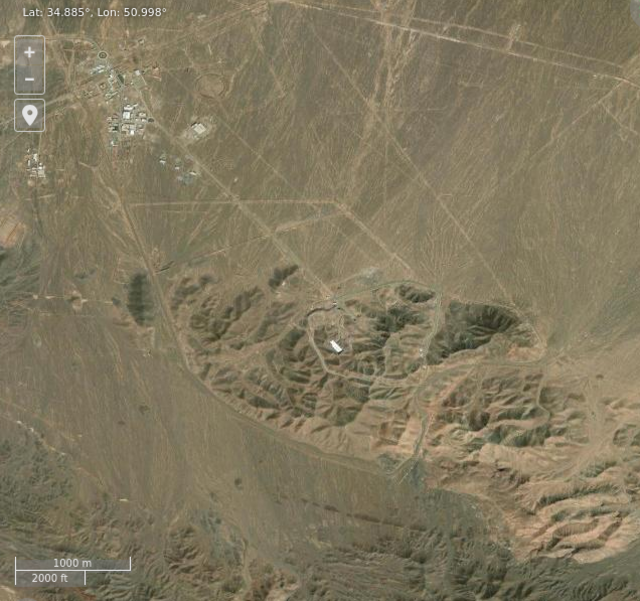A preliminary U.S. intelligence assessment has concluded that the recent American airstrikes on Iran's nuclear facilities set the country's nuclear program back by only a few months, contradicting President Donald Trump's repeated assertions that the strikes had "totally destroyed" Tehran's capabilities.
The early report by the Defense Intelligence Agency, reviewed by multiple officials, found that while U.S. B-2 bombers inflicted damage at Iran's Fordo, Natanz, and Isfahan sites, the underground infrastructure at Fordo remained intact, and key centrifuges used for uranium enrichment survived. Some of Iran's enriched uranium stockpile was also likely moved before the strikes.
"The leaking of this alleged assessment is a clear attempt to demean President Trump," White House press secretary Karoline Leavitt said in a statement, calling the report "flat-out wrong" and defending the mission as a "perfectly executed" operation that resulted in "total obliteration."
The DIA's findings, however, suggest that Tehran retains core elements of its nuclear infrastructure. Satellite imagery analyzed by Maxar Technologies showed bulldozers at the Fordo site days before the strike, and entrances to underground tunnels were sealed off in advance. "We believe that some of the trucks seen on 19 June were carrying dirt to be used as part of that operation," said Stephen Wood, senior director at Maxar.
Former U.S. intelligence analyst Eric Brewer of the Nuclear Threat Initiative stated, "It is plausible that Iran moved the material enriched to 60% out of Fordo and loaded it on a truck." Brewer warned the surviving infrastructure could support a reconstituted covert program.
Trump has continued to claim victory, telling supporters this week that the U.S. strike had eliminated Iran's nuclear threat permanently. "Iran will never rebuild," he said in a Truth Social post. Israeli Prime Minister Benjamin Netanyahu echoed that sentiment, stating: "We brought to ruin Iran's nuclear program."
But Vice President JD Vance offered a more measured view, saying on Fox News: "If they have 60% enriched uranium, but they don't have the ability to enrich it to 90%, and... to convert that to a nuclear weapon, that is mission success."
International Atomic Energy Agency chief Rafael Grossi has previously warned that Iran possesses enough enriched uranium to build several bombs if it chose to cross that threshold. The IAEA also confirmed Iran announced a third enrichment facility located in Isfahan shortly before the strikes began. The operational status of that site is now unclear.
According to Kelsey Davenport of the Arms Control Association, "if Iran had already diverted its centrifuges," it can "build a covert enrichment facility with a small footprint and inject the 60% gas into those centrifuges and quickly enrich to weapons grade levels."
Iranian Foreign Minister Abbas Araghchi informed Grossi in early June that the country would "adopt special measures to protect our nuclear equipment and materials," anticipating the strike campaign launched by Israel on June 13. The United States joined the air campaign days later.
Despite Trump declaring the mission a strategic victory, the Pentagon has not confirmed that all of Iran's nuclear capacity has been neutralized. CIA and ODNI officials declined to comment.
The Israeli military declared the end of active combat on Tuesday, lifting restrictions on airspace and civilian movement. Iranian President Masoud Pezeshkian claimed a "great victory" and said Tehran would honor a ceasefire if Israel refrained from further attacks.






